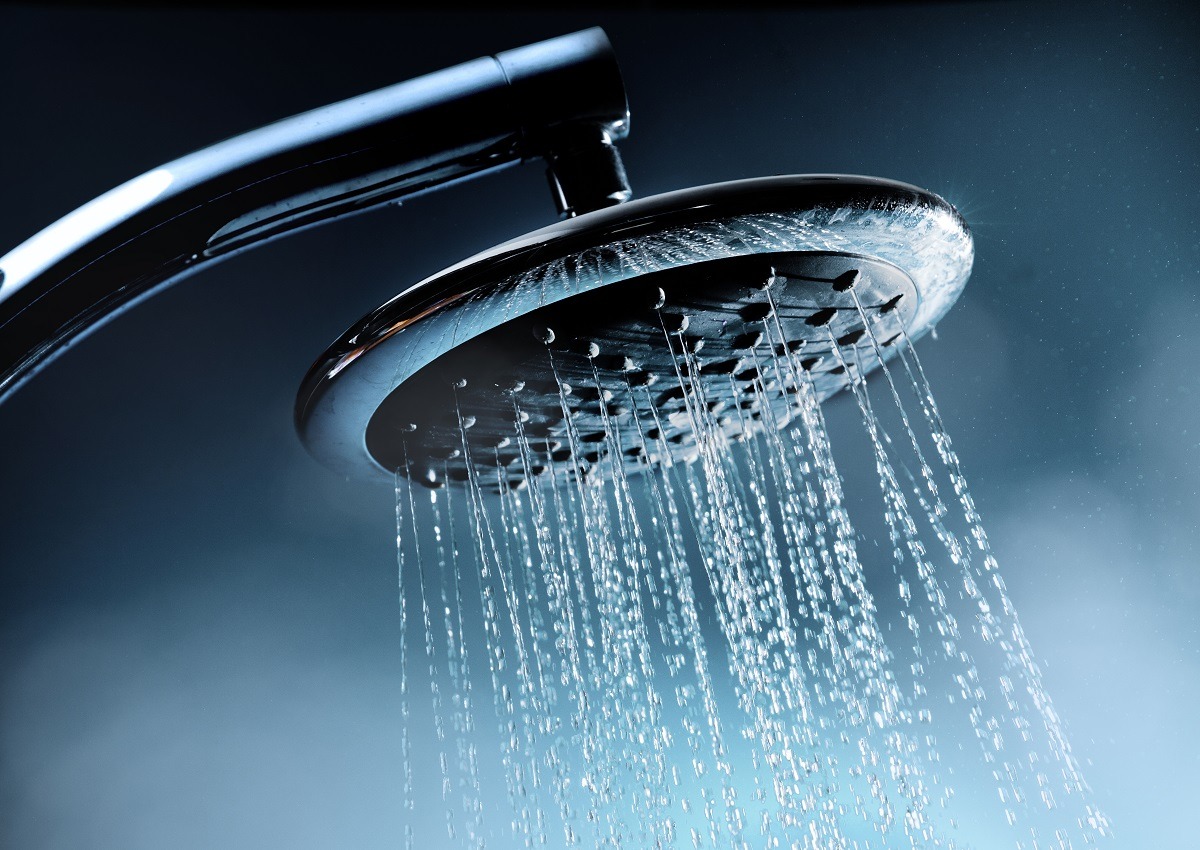

Articles
How To Slow Water Flow On Showerhead
Modified: March 1, 2024
Learn effective techniques on how to slow down the water flow on your showerhead with these informative articles. Enjoy a more relaxing shower experience today!
(Many of the links in this article redirect to a specific reviewed product. Your purchase of these products through affiliate links helps to generate commission for Storables.com, at no extra cost. Learn more)
Introduction
When it comes to showering, most of us want to strike a balance between enjoying a refreshing experience and conserving water. One effective way to achieve this is by slowing down the water flow on your showerhead. By reducing the amount of water that comes out, you can not only save water but also lower your utility bills.
In this article, we will explore different methods to slow down the water flow on your showerhead. We will discuss why you might want to do this, and provide step-by-step instructions for each method. So let’s dive in and learn how to optimize your showering experience while being mindful of water conservation!
Key Takeaways:
- Slowing down water flow on your showerhead can conserve water, save energy, and reduce utility bills, while still providing a satisfying shower experience.
- Methods such as using flow restrictors, installing water-saving showerheads, adjusting water pressure, and using low-flow attachments offer practical and effective ways to achieve a more water-efficient showering experience.
Read more: How To Increase Flow In Showerhead
Understanding Water Flow on Showerheads
Before we delve into the methods of slowing down water flow on showerheads, it’s important to understand how water flow works in these fixtures. Showerheads are designed to regulate the amount of water that comes out while maintaining a steady and comfortable showering experience.
The key component that controls the water flow is the showerhead valve. Most showerheads have an adjustable valve that allows you to control the flow rate by turning a knob or lever. This valve adjusts the size of the showerhead’s water openings, which directly affects the flow rate.
Additionally, showerheads may come with different types of nozzles and spray patterns, which can also affect the water flow. Some showerheads have high-pressure nozzles that produce a strong and invigorating spray, while others have a more gentle rain-like flow.
It’s important to note that different showerheads have different flow rates. The flow rate is typically measured in gallons per minute (GPM) and indicates how much water the showerhead uses in one minute of operation. Standard showerheads typically have a flow rate of around 2.5 GPM, but water-saving showerheads often have flow rates of 2.0 GPM or even lower.
Now that we have a better understanding of water flow on showerheads, let’s explore the reasons why you might want to slow down the water flow and conserve water in your shower.
Reasons for Wanting to Slow Water Flow
Slowing down the water flow on your showerhead can offer several benefits, both for the environment and your household. Here are some common reasons why you might want to consider reducing the water flow in your showers:
- Water Conservation: One of the main reasons for wanting to slow down water flow is to conserve this precious resource. By using less water during each shower, you can contribute to water conservation efforts and help protect the environment. It’s a simple and effective way to reduce your water usage and be more eco-friendly.
- Energy Efficiency: Slowing down water flow can also lead to energy savings. Many households rely on water heaters to provide warm water for showers, and by using less water, you’ll reduce the amount of energy needed to heat it. This can result in lower energy bills and a more environmentally friendly home.
- Cost Savings: In line with energy efficiency, reducing water flow can help you save money on your utility bills. Less water usage means lower water bills, and combined with energy savings, slowing down the water flow can have a positive impact on your household budget.
- Improved Water Pressure: Contrary to what you might think, slowing down the water flow doesn’t necessarily mean sacrificing water pressure. In fact, by using methods to regulate the flow, such as installing a low-flow showerhead or adjusting the water pressure, you can achieve a balanced water pressure that is comfortable and enjoyable.
- Gentler Shower Experience: Some people prefer a gentler shower experience rather than a strong and forceful spray. Slowing down the water flow can provide a more relaxing and soothing shower, similar to a rainfall effect. This can be particularly beneficial for those with sensitive skin or who simply want a more calming showering experience.
Now that we understand the reasons behind slowing down water flow, let’s explore the different methods you can use to achieve this.
Methods to Slow Water Flow on Showerheads
There are various methods you can use to slow down the water flow on your showerhead. Let’s take a look at some of the most effective ones:
- Using a Flow Restrictor: A flow restrictor is a device that limits the amount of water that can pass through the showerhead. It can be easily installed by removing the showerhead and inserting the flow restrictor between the shower arm and the showerhead. Flow restrictors are available in different flow rates, allowing you to select the level of water reduction you desire.
- Installing a Water-Saving Showerhead: Another popular option is to replace your current showerhead with a water-saving model. These showerheads are specifically designed to reduce water usage while still providing a satisfying shower experience. Water-saving showerheads often incorporate features like aerators and adjustable spray options to optimize water flow and enhance efficiency.
- Adjusting the Water Pressure: If your showerhead doesn’t have a flow restrictor or adjustable settings, you can still slow down the water flow by adjusting the water pressure at the source. Most homes have a water pressure regulator or a water main valve that controls the pressure. By reducing the water pressure, you can effectively decrease the flow rate and conserve water.
- Using a Low-Flow Showerhead Attachment: If you’re not ready to replace your entire showerhead, you can consider using a low-flow showerhead attachment. These attachments are designed to be compatible with most showerheads and can help reduce water flow without the need for a full replacement. They are easy to install and usually have adjustable flow settings to customize your shower experience.
By implementing one or more of these methods, you can effectively slow down the water flow on your showerhead and achieve a more water-efficient showering experience. Experiment with different methods to find the one that works best for you.
Now that you’re equipped with the knowledge of these methods, it’s time to put them into action and start enjoying the benefits of conserving water and energy in your shower!
Using a Flow Restrictor
One effective method to slow down the water flow on your showerhead is by using a flow restrictor. A flow restrictor is a device that limits the amount of water that can pass through the showerhead, helping to conserve water without compromising on your shower experience.
To use a flow restrictor, you will need to follow these steps:
- Identify the Showerhead: Firstly, locate the showerhead you want to modify. Most showerheads have a removable faceplate or showerhead cap, which will allow you to access the internal components.
- Remove the Showerhead: Use an adjustable wrench or pliers to unscrew the showerhead from the shower arm. Be careful not to damage the plumbing or the showerhead during this process. If the showerhead is difficult to unscrew, you can wrap a cloth around it to protect the finish and provide additional grip.
- Inspect the Showerhead: Once the showerhead is removed, inspect it to see if there is already a flow restrictor installed. Some modern showerheads come with built-in flow restrictors to comply with water conservation regulations. If your showerhead has a flow restrictor, you can try removing it to increase the water flow. However, keep in mind that removing the restrictor may impact the water pressure and may not be recommended in areas with stringent water regulations.
- Install the Flow Restrictor: If your showerhead doesn’t have a built-in flow restrictor or you want to further reduce the water flow, it’s time to install the flow restrictor. Most flow restrictors are small discs or screens that can be easily inserted into the showerhead. Follow the manufacturer’s instructions for placement, ensuring that the flow restrictor is securely positioned in the showerhead.
- Reattach the Showerhead: Now that the flow restrictor is in place, reattach the showerhead to the shower arm. Use the adjustable wrench or pliers to tighten it securely, but be careful not to overtighten and cause any damage.
- Test the Water Flow: Turn on the shower and test the water flow to ensure that it has been reduced to your desired level. If you find that the flow is still too high or too low, you can adjust the flow restrictor or consider using a different-sized restrictor to achieve the desired water flow rate.
It’s important to note that flow restrictors come in different sizes and flow rates, allowing you to customize the amount of water reduction you want. However, it’s essential to strike a balance between conserving water and maintaining a comfortable shower experience.
By using a flow restrictor, you can effectively slow down the water flow on your showerhead and contribute to water conservation efforts. It is a cost-effective and straightforward method to reduce water usage without the need for a full showerhead replacement.
Now that you know how to use a flow restrictor, you can easily implement this method and enjoy a water-efficient shower experience.
You can slow water flow on a showerhead by installing a flow restrictor or a low-flow showerhead. This can help conserve water and reduce your water bill.
Read more: What Is A Showerhead Flow Regulator
Installing a Water-Saving Showerhead
If you’re looking for a more long-term solution to slow down the water flow on your showerhead, consider installing a water-saving showerhead. These specially designed showerheads are built to reduce water usage without sacrificing your showering experience.
Follow these steps to install a water-saving showerhead:
- Choose the Right Showerhead: Select a water-saving showerhead that suits your needs and preferences. Look for models that have a low flow rate, typically around 2.0 gallons per minute (GPM) or less. Consider additional features such as adjustable spray patterns and water-saving technologies like aerators.
- Prepare the Showerhead: Before installation, make sure to read the manufacturer’s instructions for the specific showerhead you purchased. Some models may require specific preparations, such as removing flow restrictors or applying plumber’s tape to ensure a secure and leak-free connection.
- Turn Off the Water Supply: Locate the water supply valve for the shower and turn it off. This is usually done by rotating the valve in a clockwise direction. Ensure that the water is completely shut off before proceeding with the installation.
- Remove the Existing Showerhead: Use an adjustable wrench or pliers to loosen and remove the existing showerhead. Turn it counterclockwise until it is fully detached from the shower arm. Be careful not to apply excessive force, as this can damage the plumbing or the showerhead itself.
- Apply Plumber’s Tape (if required): If the manufacturer’s instructions recommend using plumber’s tape, wrap the tape clockwise around the threaded end of the shower arm. This helps create a tight seal and prevents any potential leaks.
- Attach the Water-Saving Showerhead: Screw the water-saving showerhead onto the shower arm. Turn it clockwise until it is firmly secured. Ensure that the showerhead is straight and not crooked or misaligned.
- Tighten with a Wrench: Use an adjustable wrench or pliers to give the showerhead an extra quarter-turn to ensure a snug and leak-free connection. Be cautious not to overtighten, as this may cause damage to the showerhead or the plumbing.
- Turn on the Water Supply: Once the water-saving showerhead is securely installed, turn on the water supply valve. Check for any leaks around the connection and make any necessary adjustments.
- Test the Water Flow: Turn on the shower and test the water flow to ensure that it has been reduced to your desired level. Adjust any flow settings or spray patterns as needed to achieve your desired showering experience.
Installing a water-saving showerhead is an excellent investment for long-term water conservation. Not only will you be able to slow down the water flow, but you can also enjoy the benefits of reduced water usage and lower utility bills.
Now that you know how to install a water-saving showerhead, you can easily upgrade your shower system and start enjoying a more sustainable and water-efficient showering experience.
Adjusting the Water Pressure
If you’re looking for a simple and cost-effective way to slow down the water flow on your showerhead, adjusting the water pressure can be an effective solution. By reducing the water pressure at the source, you can achieve a lower flow rate without the need for any additional devices or replacements.
Here’s how you can adjust the water pressure:
- Locate the Water Pressure Regulator: In most homes, there is a water pressure regulator or a water main valve that controls the water pressure for the entire house. It is usually located near the water meter or where the main water line enters your home.
- Identify the Pressure Adjustment Screw: Take a closer look at the water pressure regulator or main valve. You should see a screw or a small knob that can be turned clockwise or counterclockwise to adjust the water pressure. Consult the manufacturer’s instructions or do some research to find out which direction decreases the pressure.
- Turn Off the Water Supply: Before making any adjustments, it’s crucial to turn off the water supply to prevent any accidents or water damage. Locate the main shut-off valve and turn it clockwise until it is completely closed.
- Make Small Adjustments: Using a wrench or pliers, gently turn the pressure adjustment screw or knob in the desired direction to decrease the water pressure. Start with small adjustments, and then test the water flow to see if it is at your desired level. Repeat this process as needed until you achieve the desired water flow rate.
- Turn On the Water Supply: Once you have made the necessary adjustments, it’s time to turn on the water supply again. Slowly open the main shut-off valve by turning it counterclockwise. Allow the water to flow and check the water flow on your showerhead.
- Test the Water Flow: Turn on the shower and test the water flow to ensure that it has been reduced to your desired level. Keep in mind that reducing the water pressure too much may result in a weak shower, so find the right balance between water conservation and your comfort.
By adjusting the water pressure, you can effectively slow down the water flow on your showerhead. This method is simple and doesn’t require any additional equipment or installations, making it a convenient option for those who want to conserve water and save on their utility bills.
Now that you know how to adjust the water pressure, you can easily optimize the flow rate on your showerhead and start enjoying a more water-efficient showering experience.
Using a Low-Flow Showerhead Attachment
If you don’t want to replace your entire showerhead but still want to slow down the water flow, using a low-flow showerhead attachment can be a convenient solution. These attachments are designed to reduce water flow without requiring any major modifications to your existing showerhead.
Follow these steps to use a low-flow showerhead attachment:
- Select the Right Attachment: Choose a low-flow showerhead attachment that is compatible with your current showerhead. These attachments typically come with adapters or connectors that allow for easy installation.
- Read the Instructions: Before starting the installation, carefully read the instructions provided with the low-flow showerhead attachment. It will give you specific guidance on how to install and use the attachment correctly.
- Prepare the Attachment: Depending on the type of attachment you have, you may need to remove any existing aerators or flow restrictors from your showerhead. Check the instructions to determine if this step is required for proper installation.
- Attach the Low-Flow Showerhead Attachment: Connect the low-flow showerhead attachment to your existing showerhead. Most attachments simply screw onto the shower arm, just like you would with a regular showerhead. Ensure that the attachment is firmly in place and properly aligned.
- Tighten with a Wrench (if necessary): If instructed by the manufacturer, use an adjustable wrench or pliers to give the attachment an extra quarter-turn to make sure it is securely fastened. Be cautious not to overtighten and potentially damage the attachment or the plumbing.
- Test the Water Flow: Turn on the shower and test the water flow to ensure that it has been reduced to your desired level. Adjust any flow settings or spray patterns as needed to achieve the desired showering experience.
Using a low-flow showerhead attachment is a simple and effective way to slow down the water flow on your showerhead without the need for a complete replacement. These attachments are often budget-friendly and can easily be installed or removed as desired.
Keep in mind that the effectiveness of low-flow showerhead attachments may vary depending on the brand and model you choose. Some attachments may have adjustable flow settings, allowing you to customize the water flow to your preferences.
By using a low-flow showerhead attachment, you can conserve water and enjoy a more sustainable showering experience without the need for extensive modifications or expensive replacements.
Now that you know how to use a low-flow showerhead attachment, you can easily optimize your water usage and contribute to water conservation efforts.
Conclusion
Slowing down the water flow on your showerhead is a simple yet effective way to conserve water, save energy, and lower your utility bills. By implementing the methods discussed in this article, you can achieve a more water-efficient showering experience without sacrificing your comfort.
We explored different methods to slow down water flow, including using a flow restrictor, installing a water-saving showerhead, adjusting the water pressure, and using a low-flow showerhead attachment. Each method offers its own benefits and can be tailored to meet your specific needs and preferences.
Using a flow restrictor is an affordable and convenient option that allows you to control the water flow without replacing your showerhead. Installing a water-saving showerhead provides a more long-term solution, reducing water usage while still delivering a satisfying shower experience. Adjusting the water pressure at the source allows you to fine-tune the flow rate to suit your preferences. Lastly, using a low-flow showerhead attachment is a practical option for those who want to conserve water and save on their utility bills without replacing their existing showerhead.
No matter which method you choose, the goal remains the same: to slow down the water flow on your showerhead and contribute to water conservation efforts. By implementing these techniques, you can make a positive impact on the environment and enjoy the benefits of reduced water usage and lower utility bills.
Remember to consider your comfort level when adjusting the water flow. It’s important to find the right balance between water conservation and a satisfying shower experience. Experiment with different methods and adjustments until you find the ideal flow rate for your needs.
In conclusion, slowing down the water flow on your showerhead is not only beneficial for the environment but also for your household. By taking small steps to conserve water in your daily routine, you can make a significant difference in preserving this precious resource for future generations. So, whether you choose to use a flow restrictor, install a water-saving showerhead, adjust the water pressure, or utilize a low-flow showerhead attachment, you are making a positive contribution and embracing a more sustainable lifestyle.
Frequently Asked Questions about How To Slow Water Flow On Showerhead
Was this page helpful?
At Storables.com, we guarantee accurate and reliable information. Our content, validated by Expert Board Contributors, is crafted following stringent Editorial Policies. We're committed to providing you with well-researched, expert-backed insights for all your informational needs.
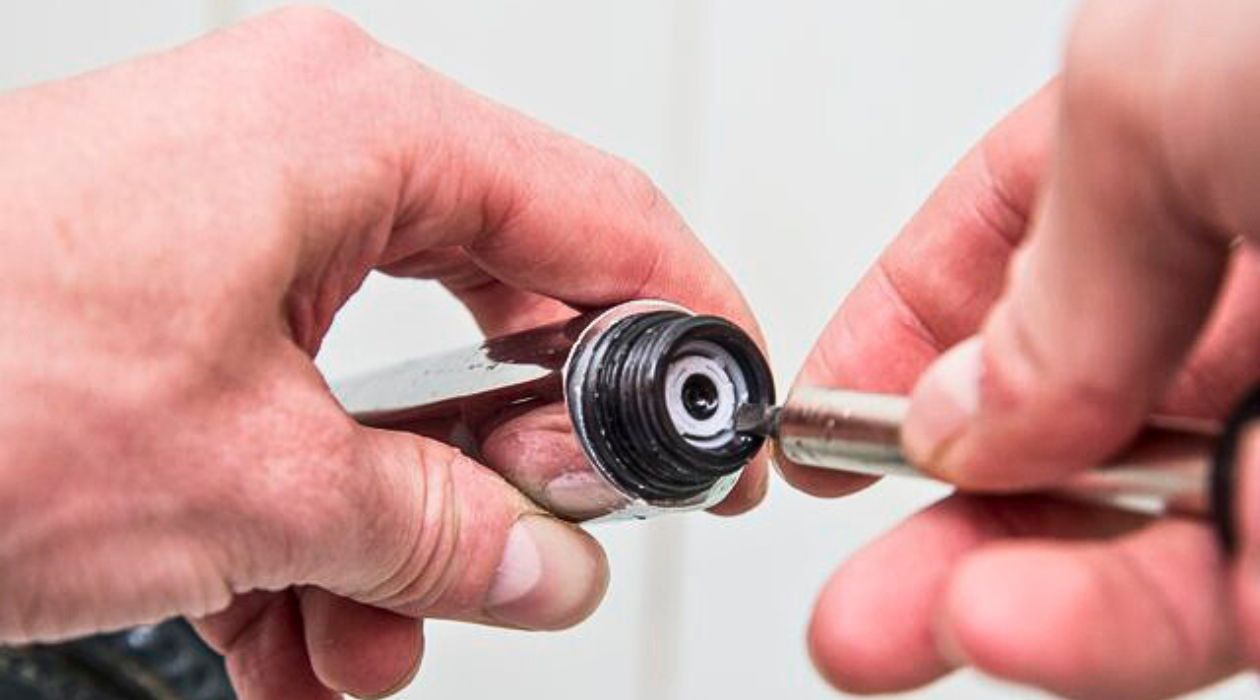
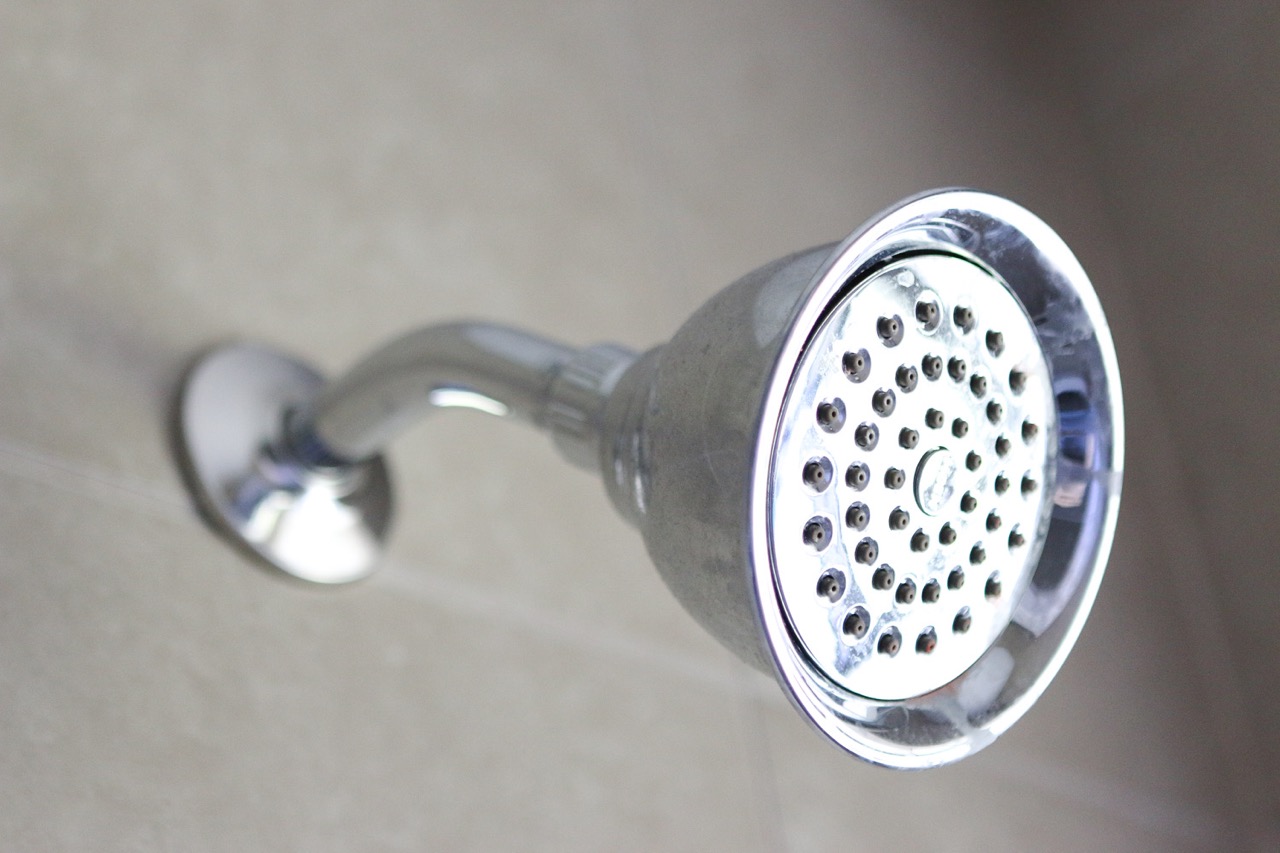
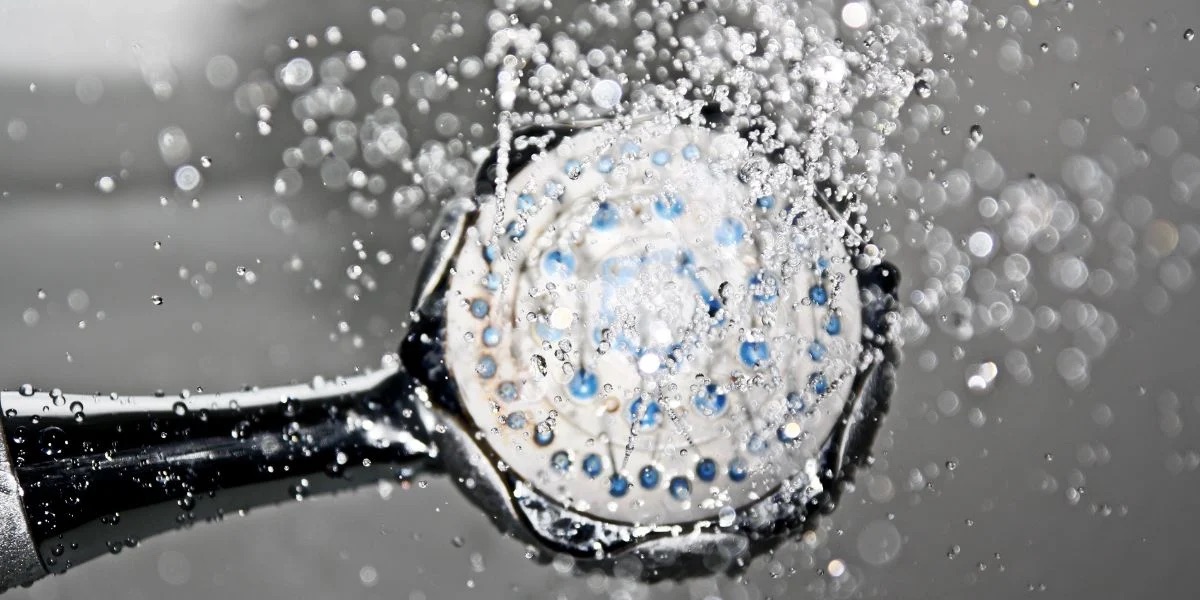
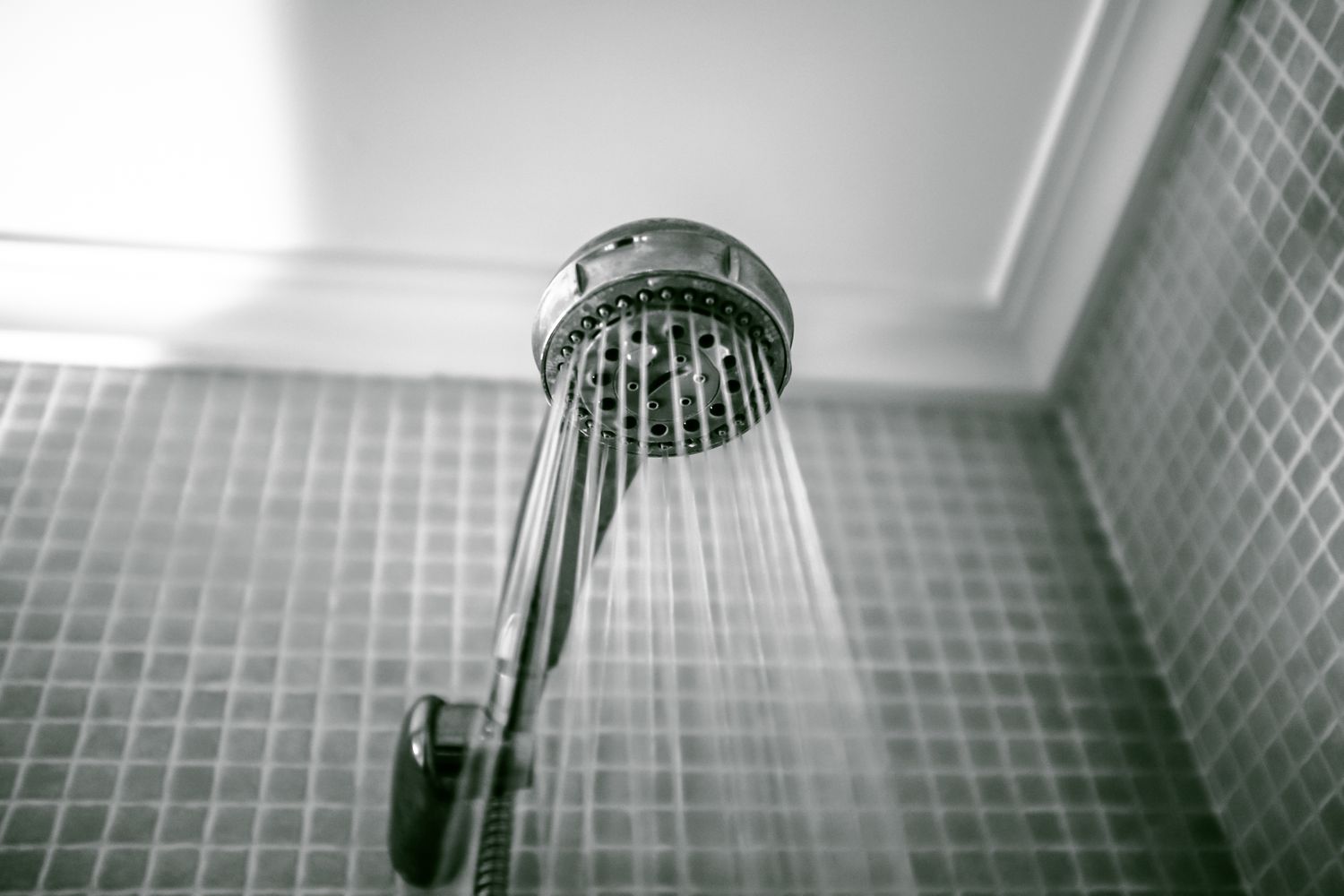
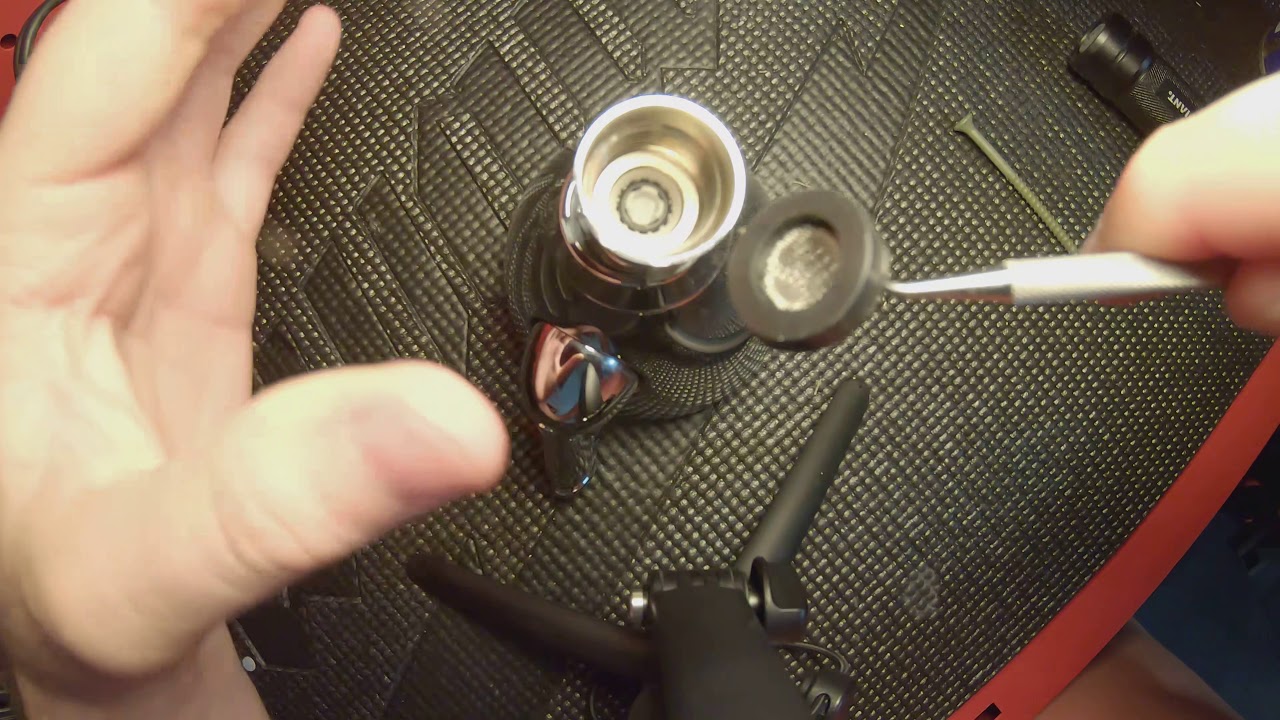
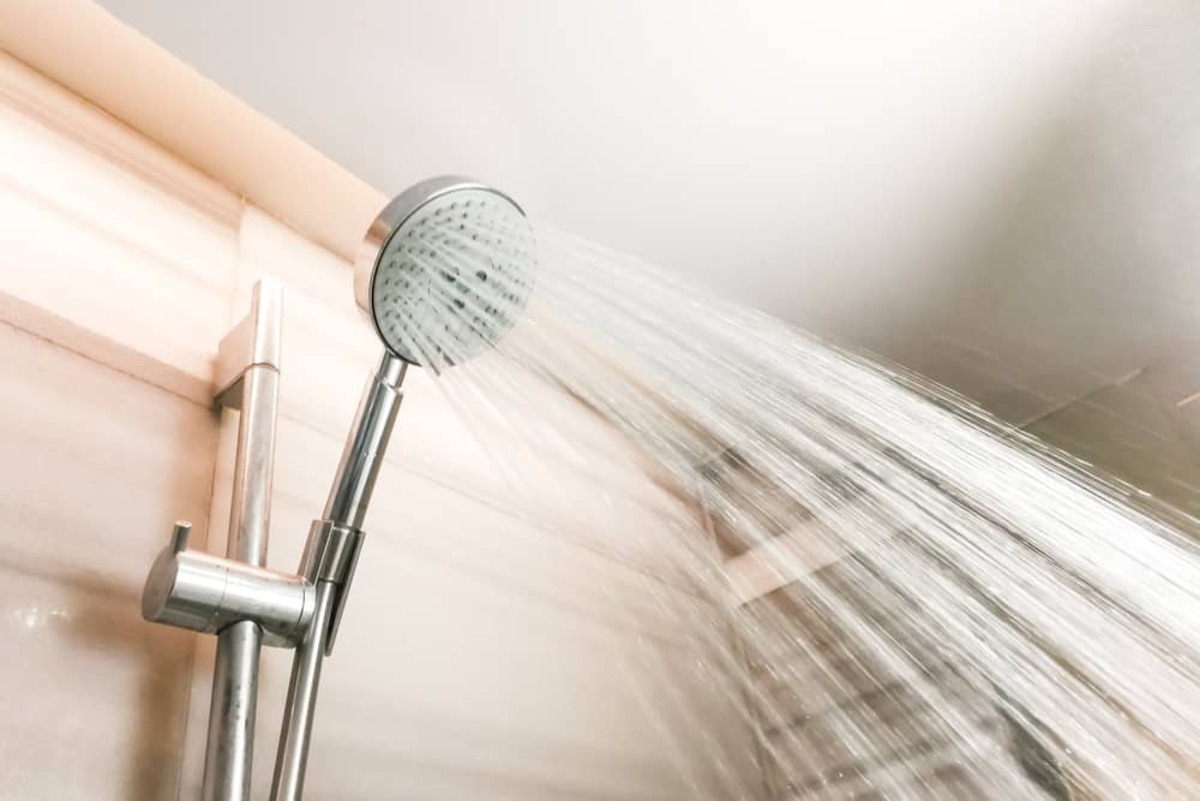
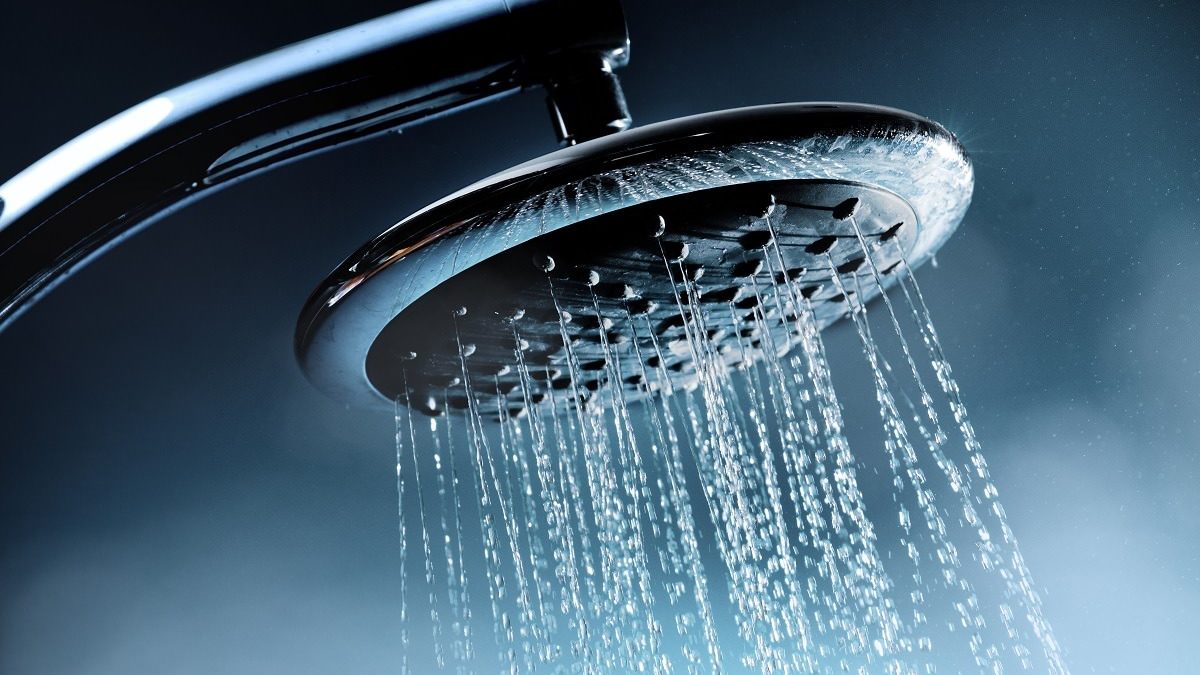
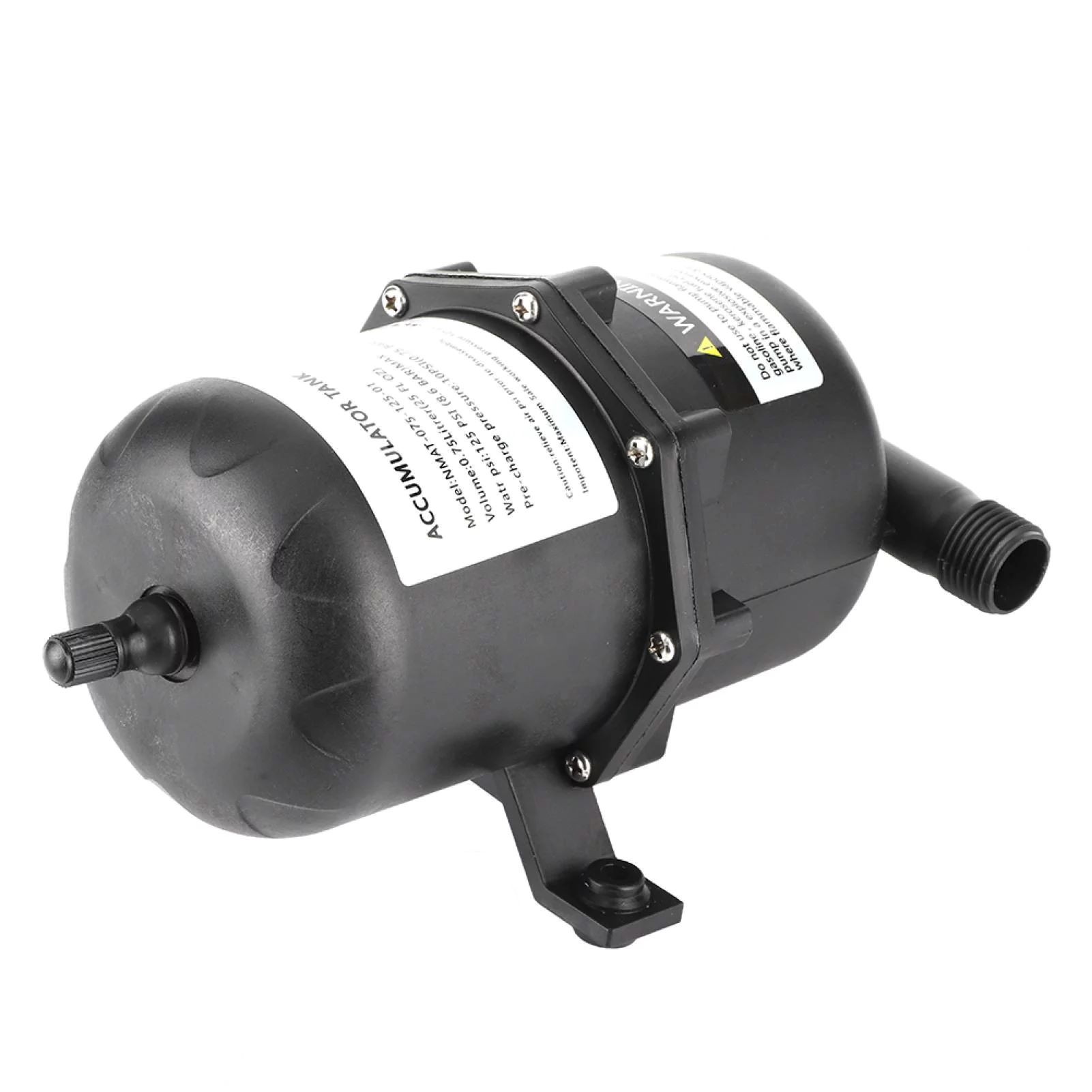
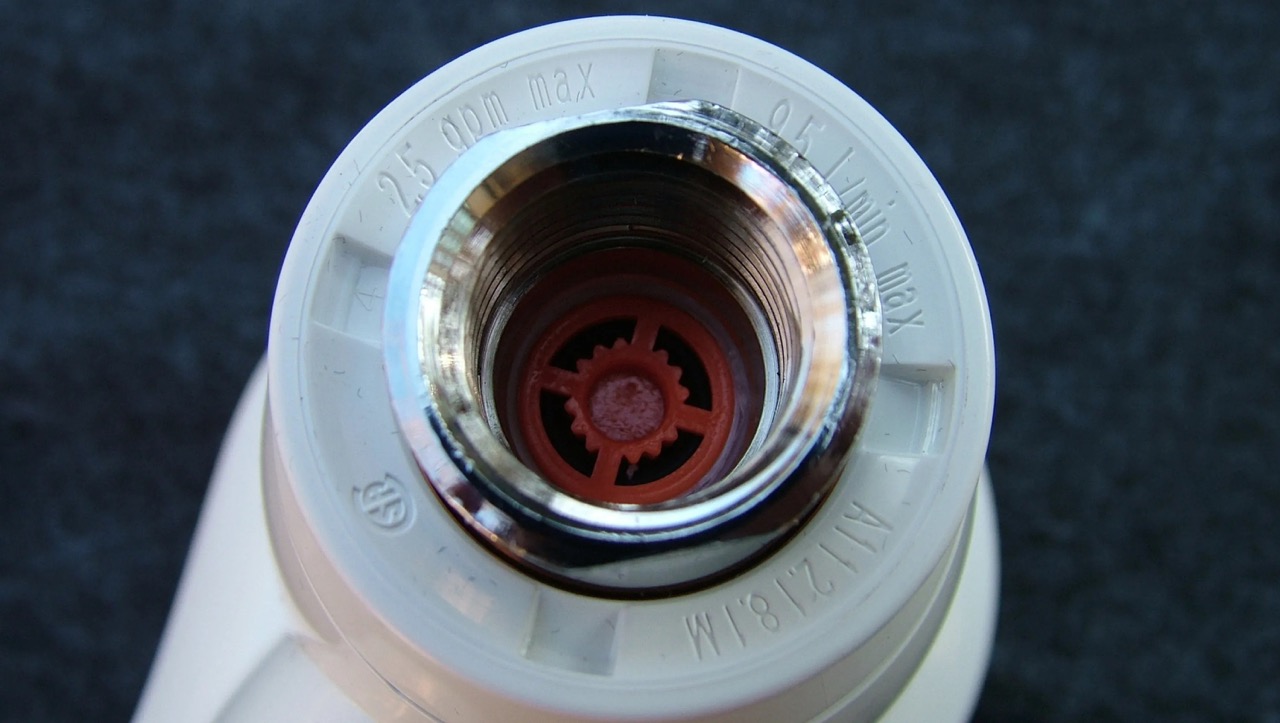
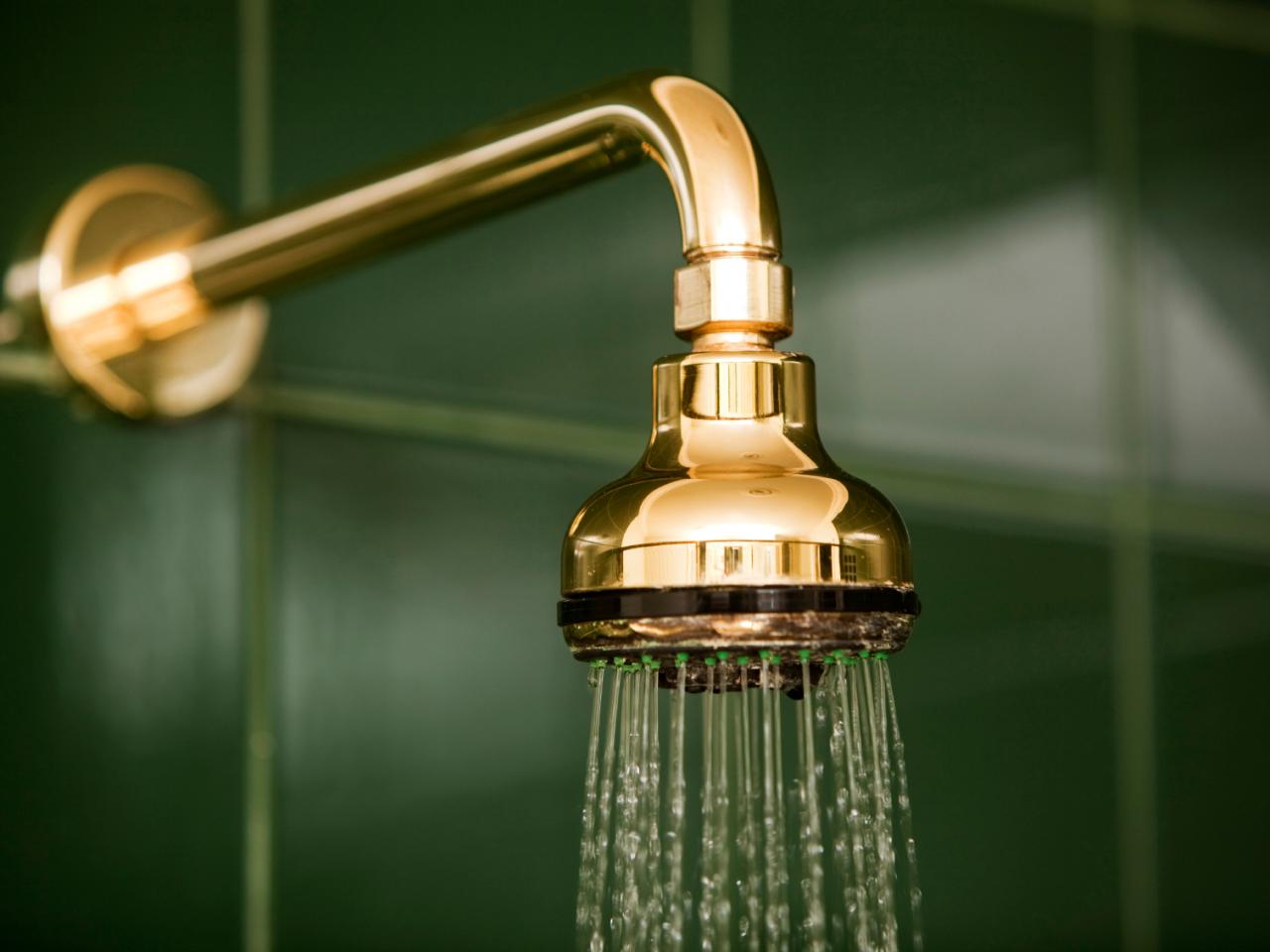
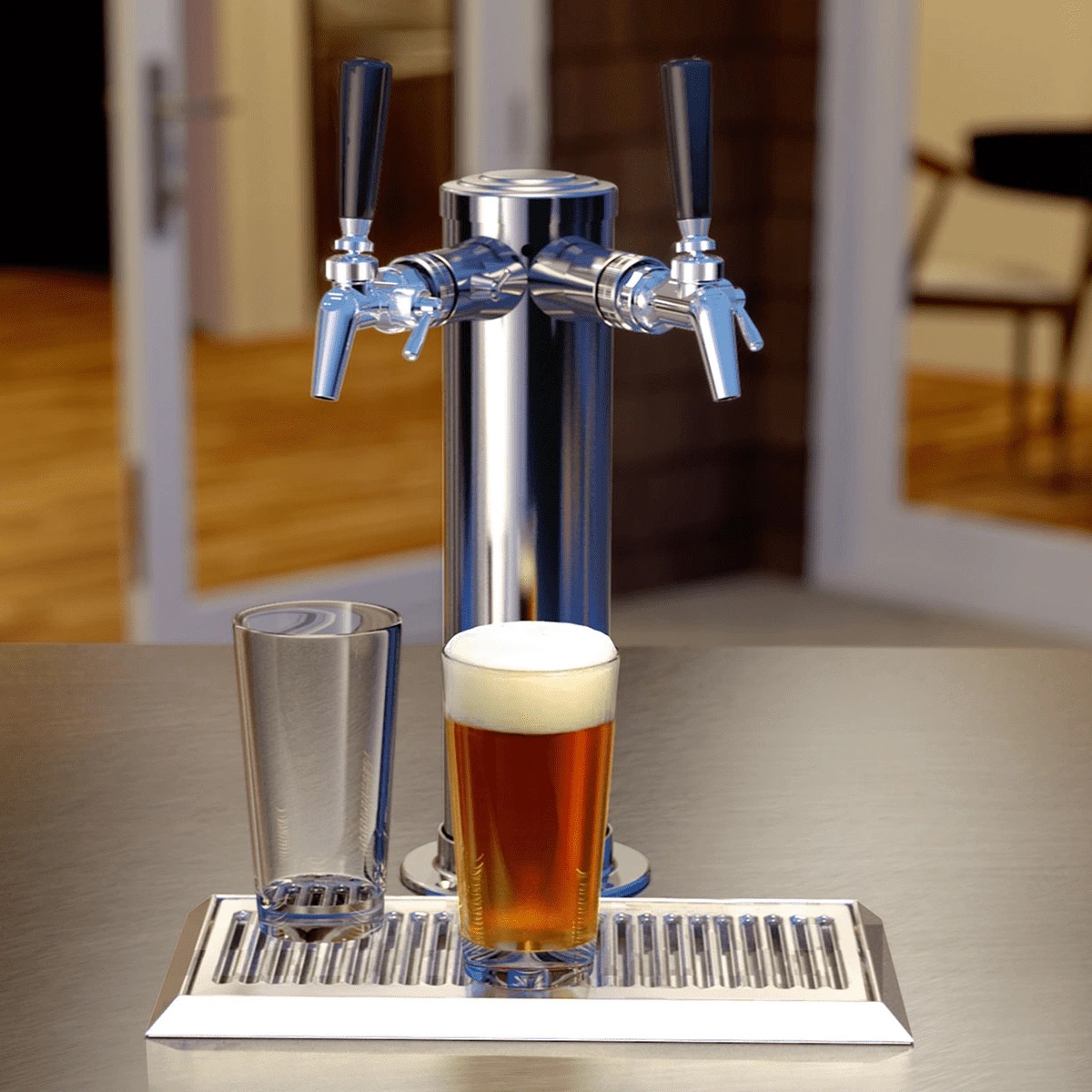
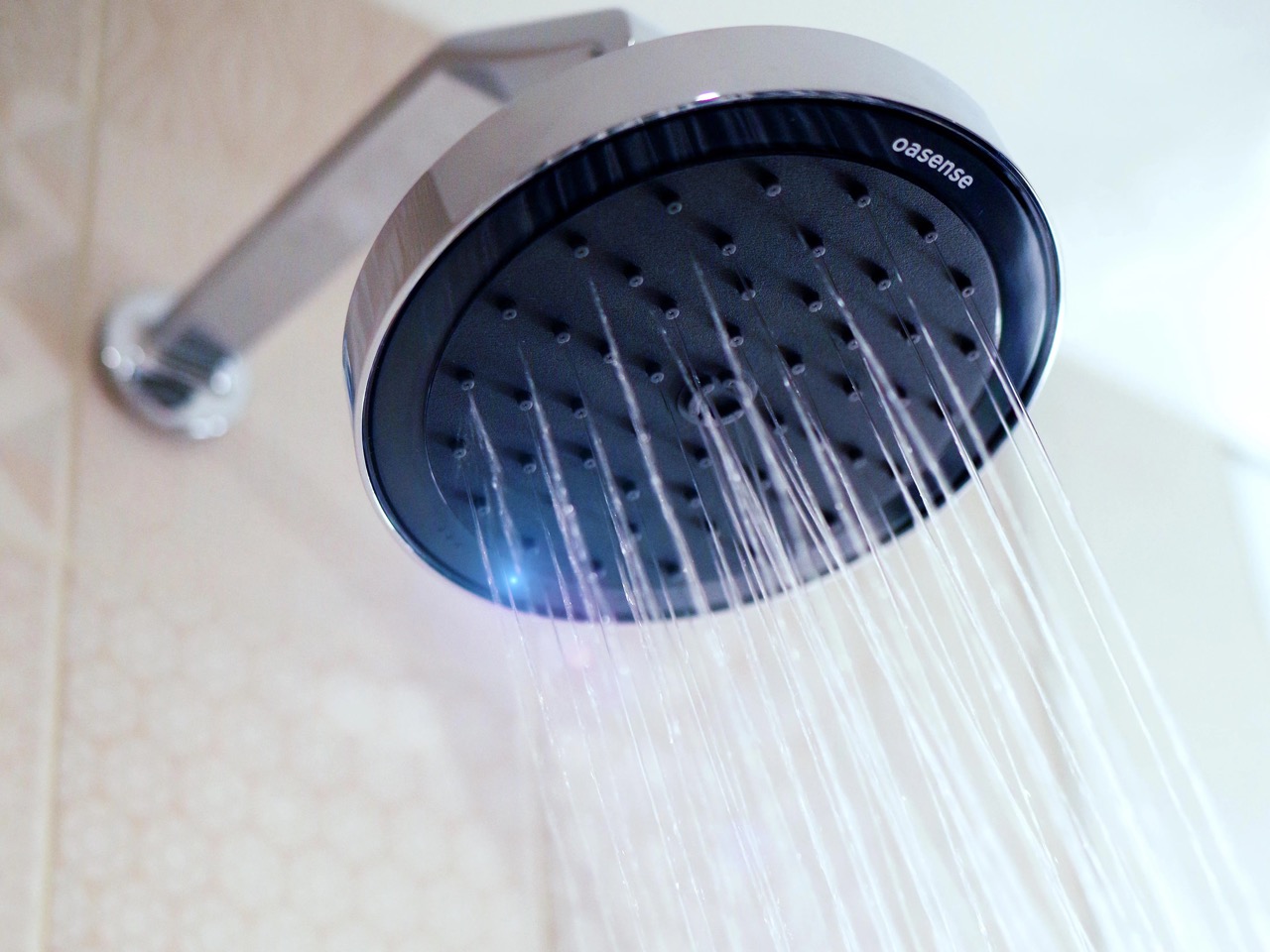
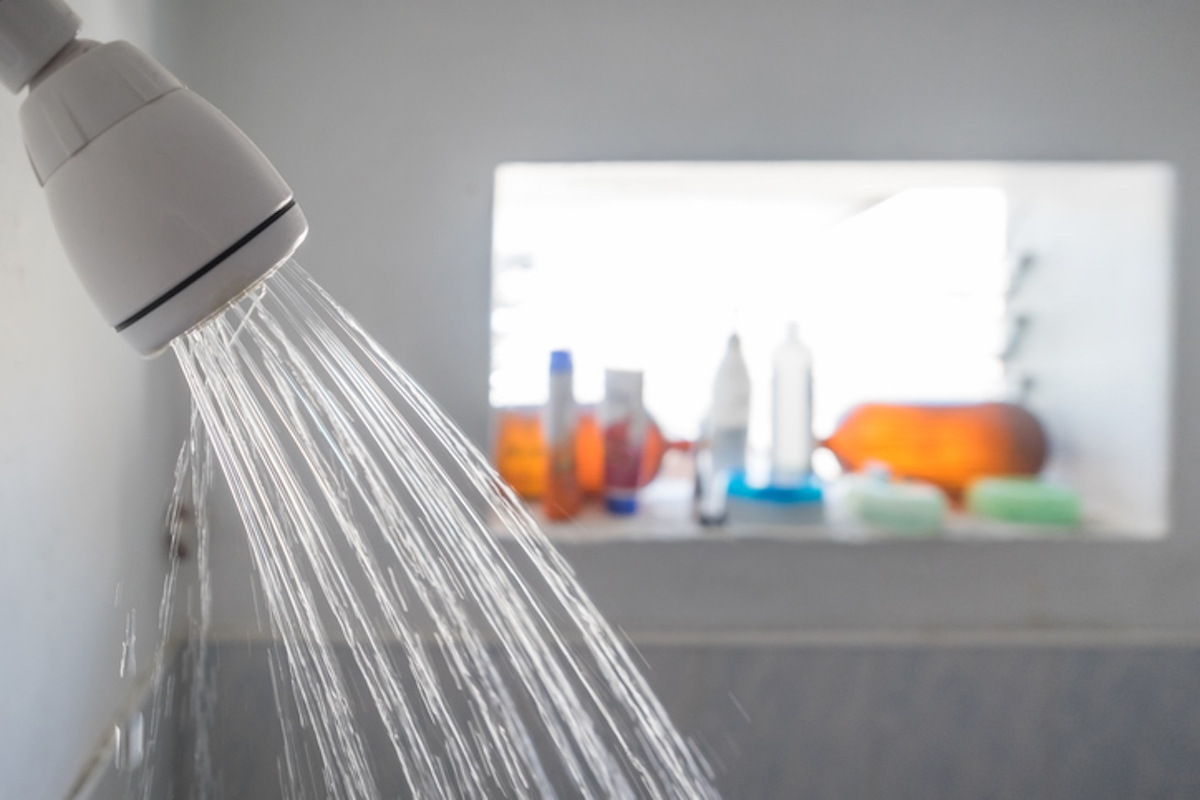
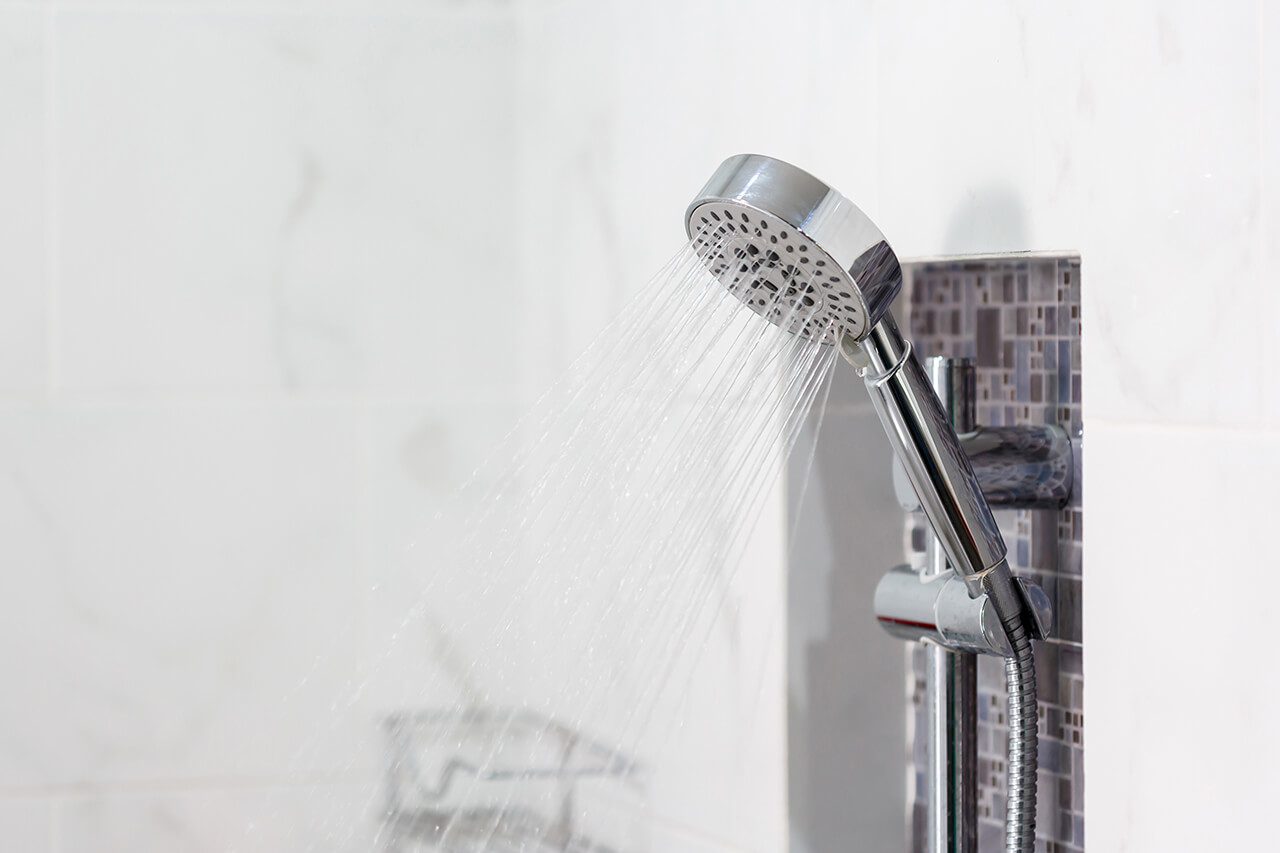

0 thoughts on “How To Slow Water Flow On Showerhead”